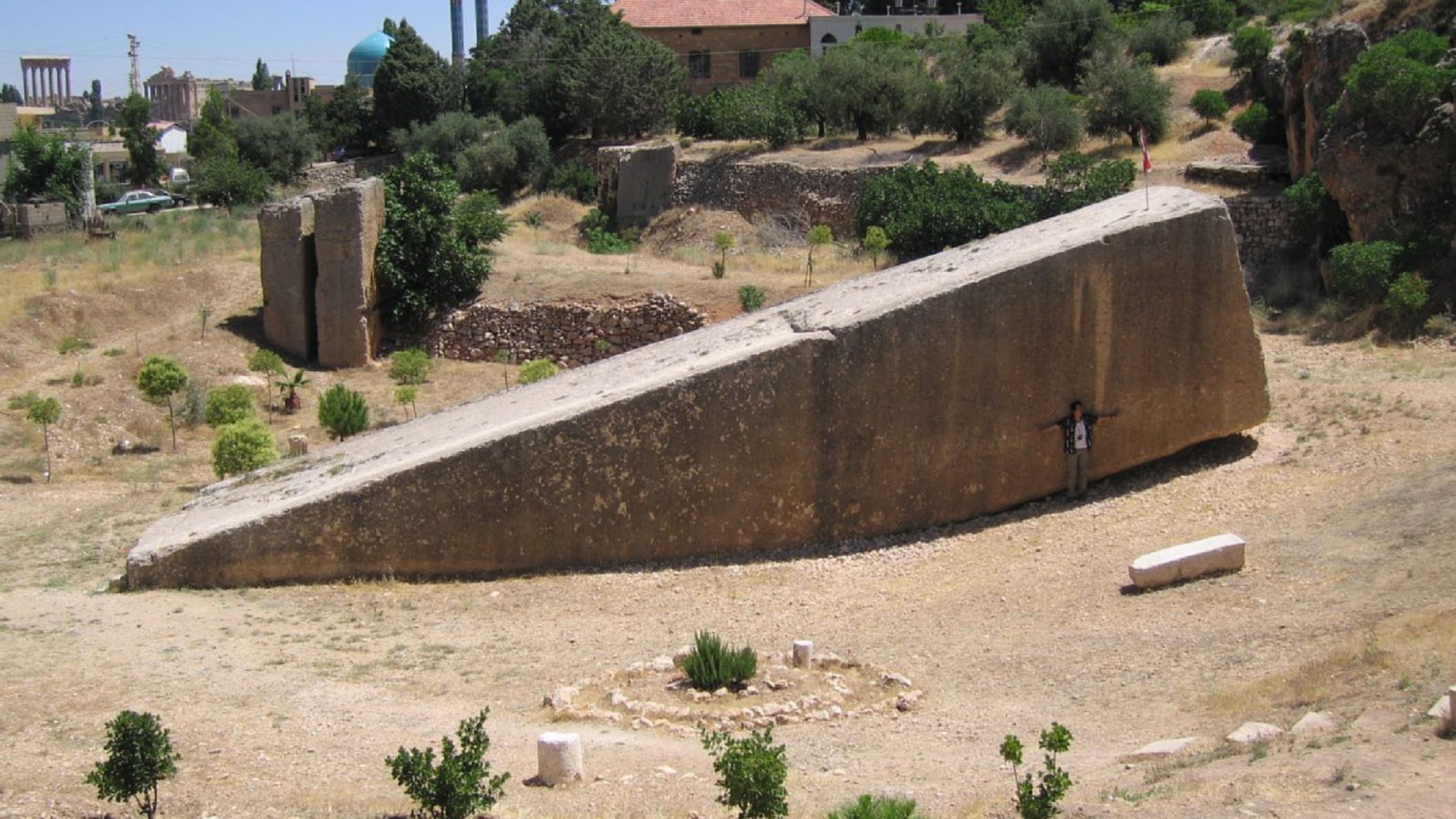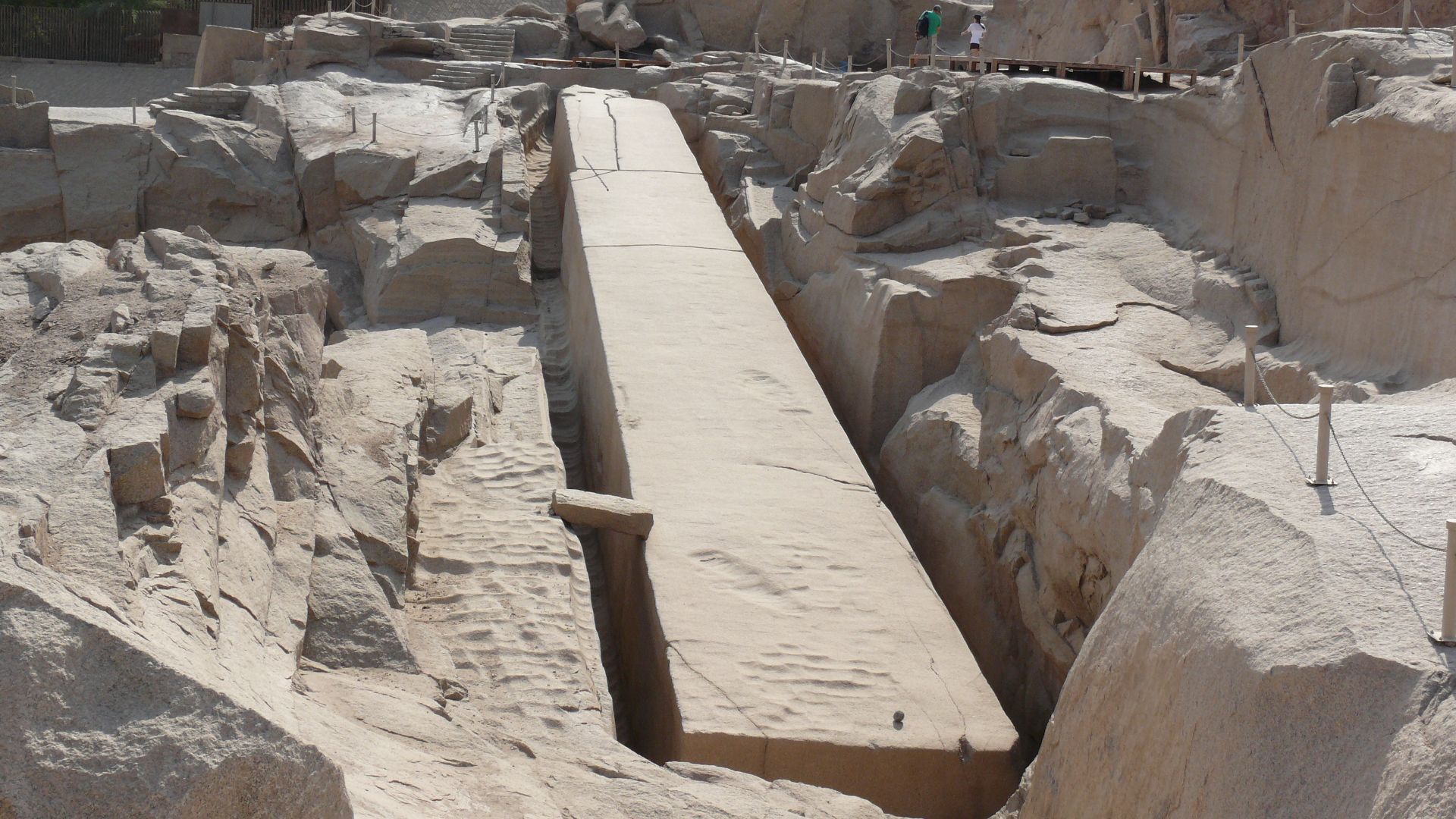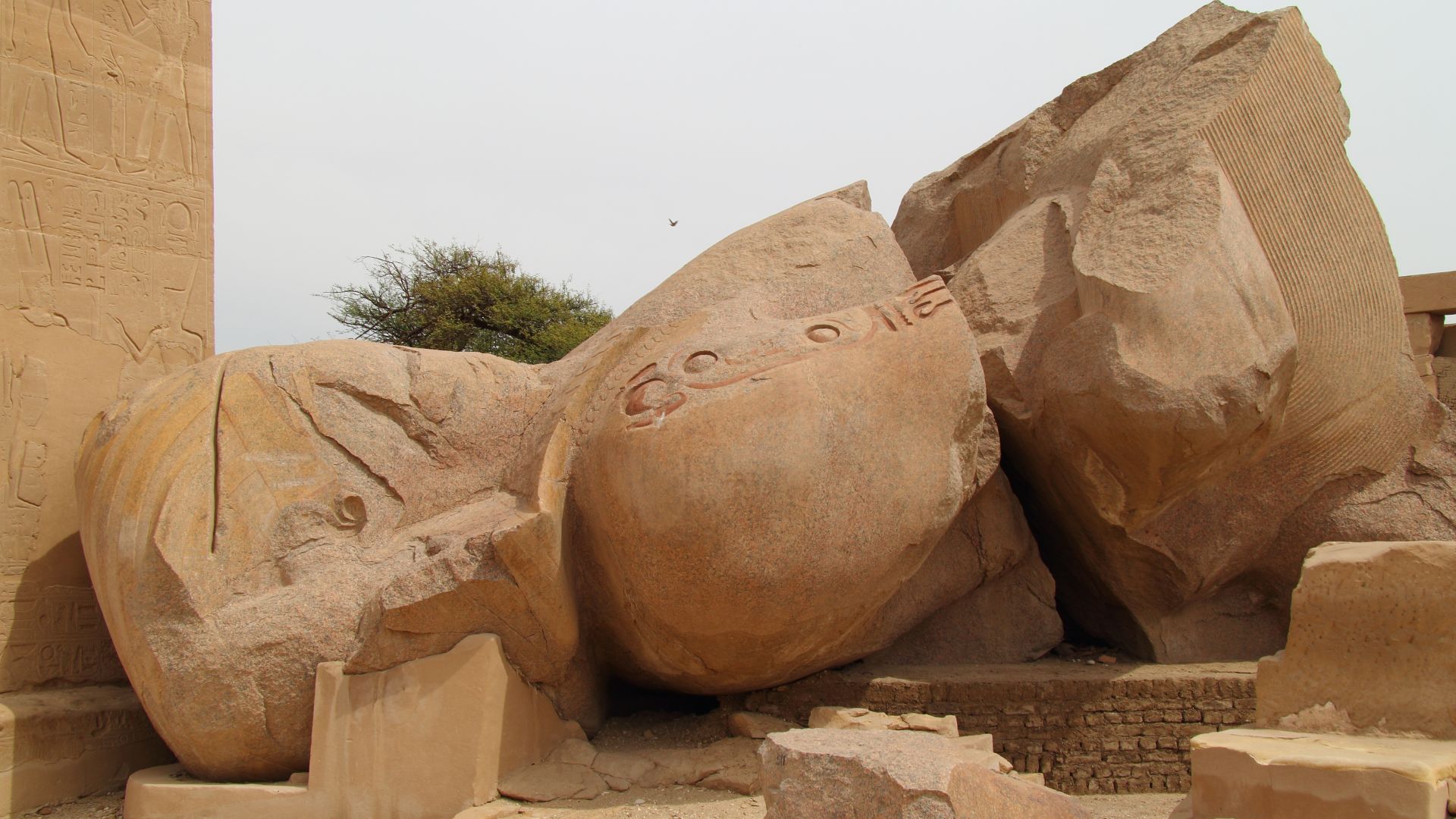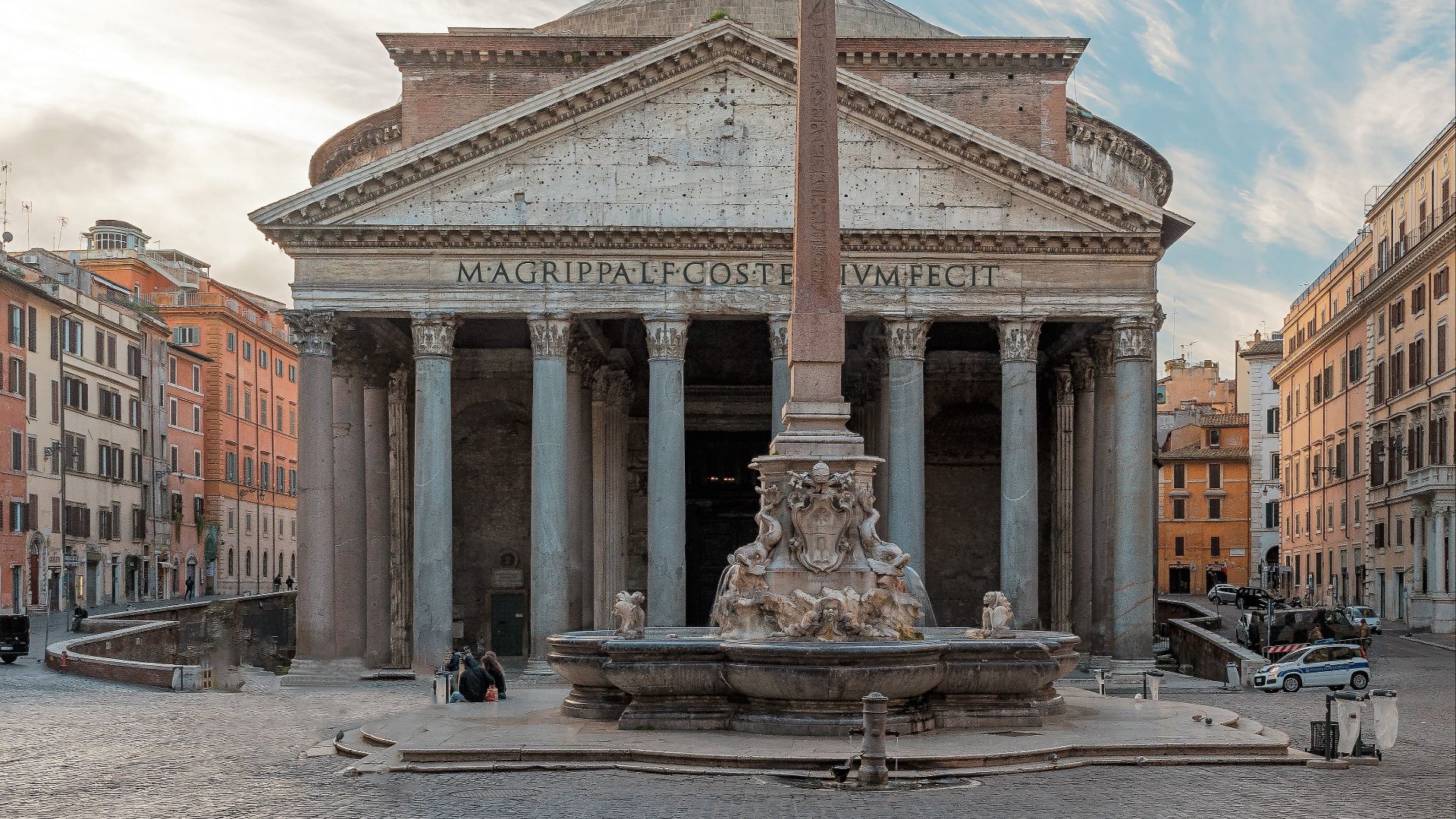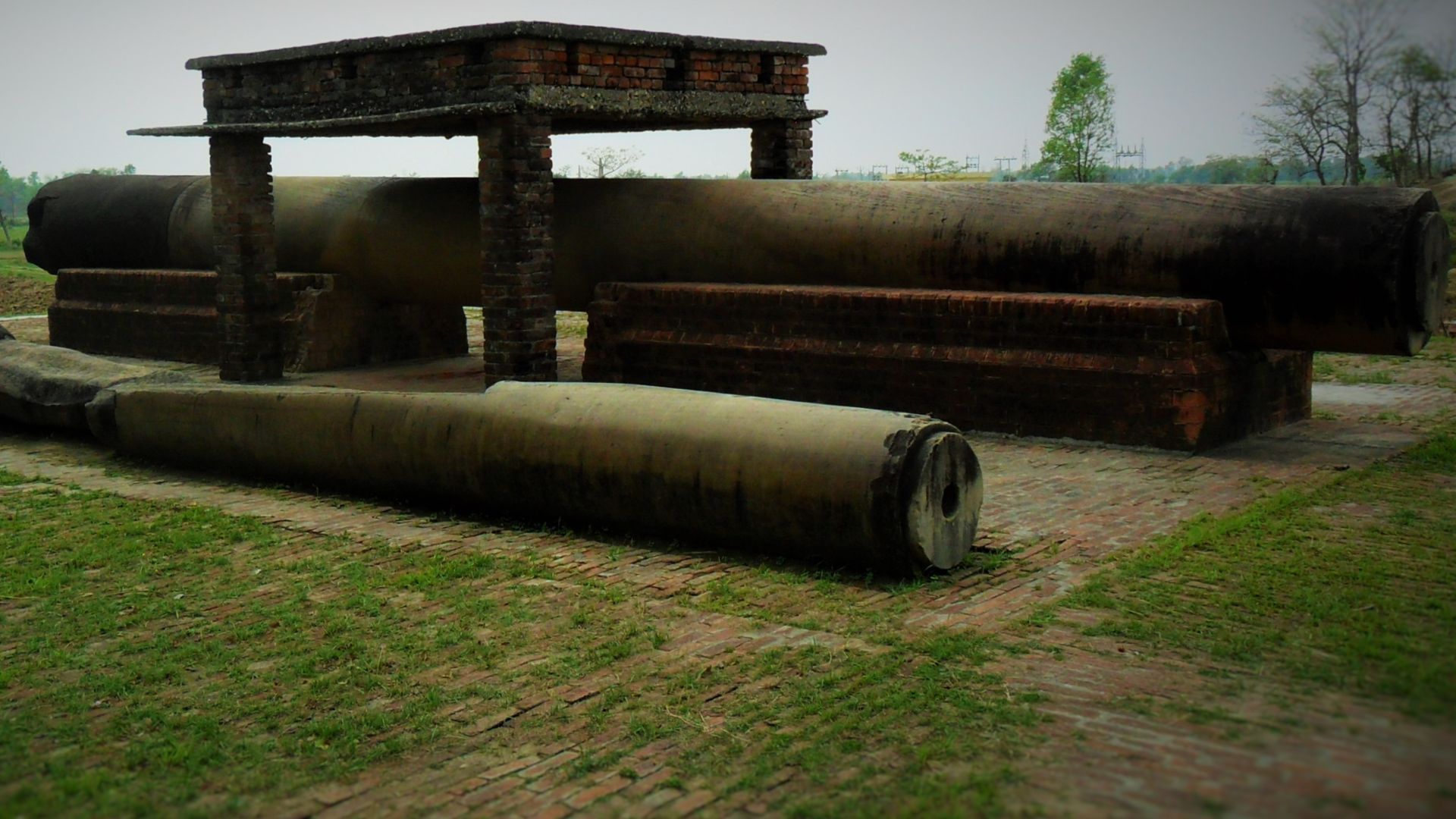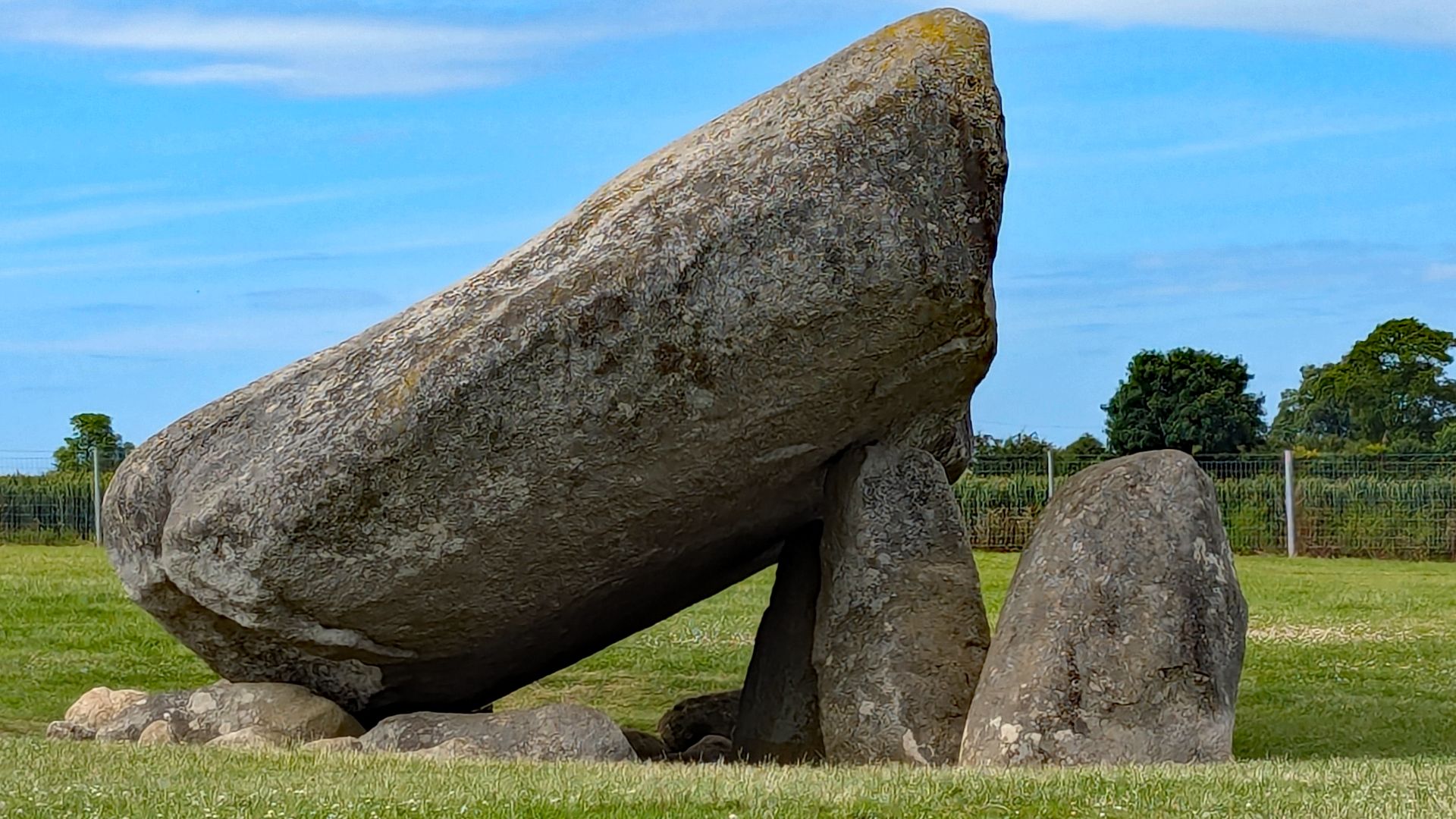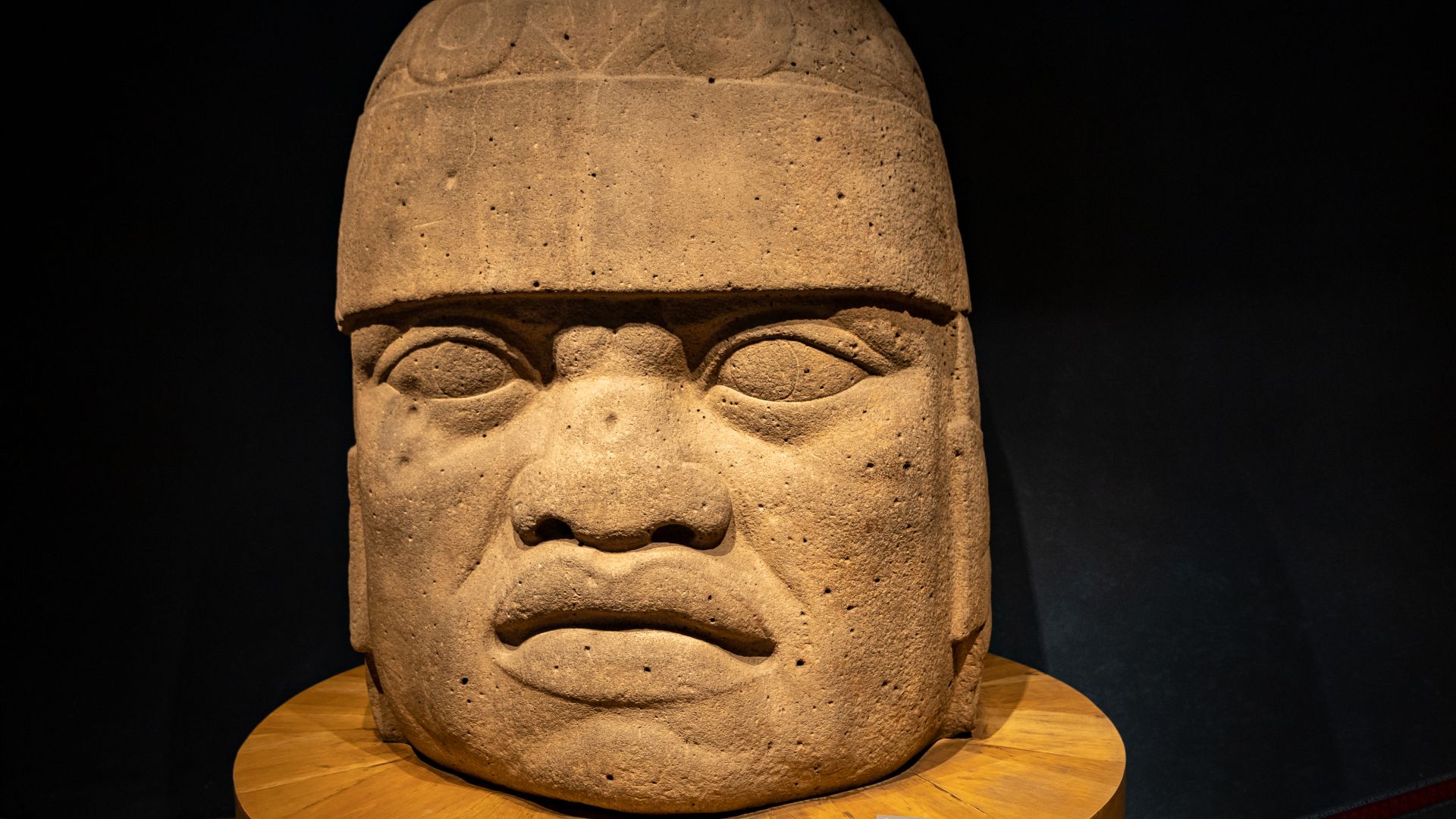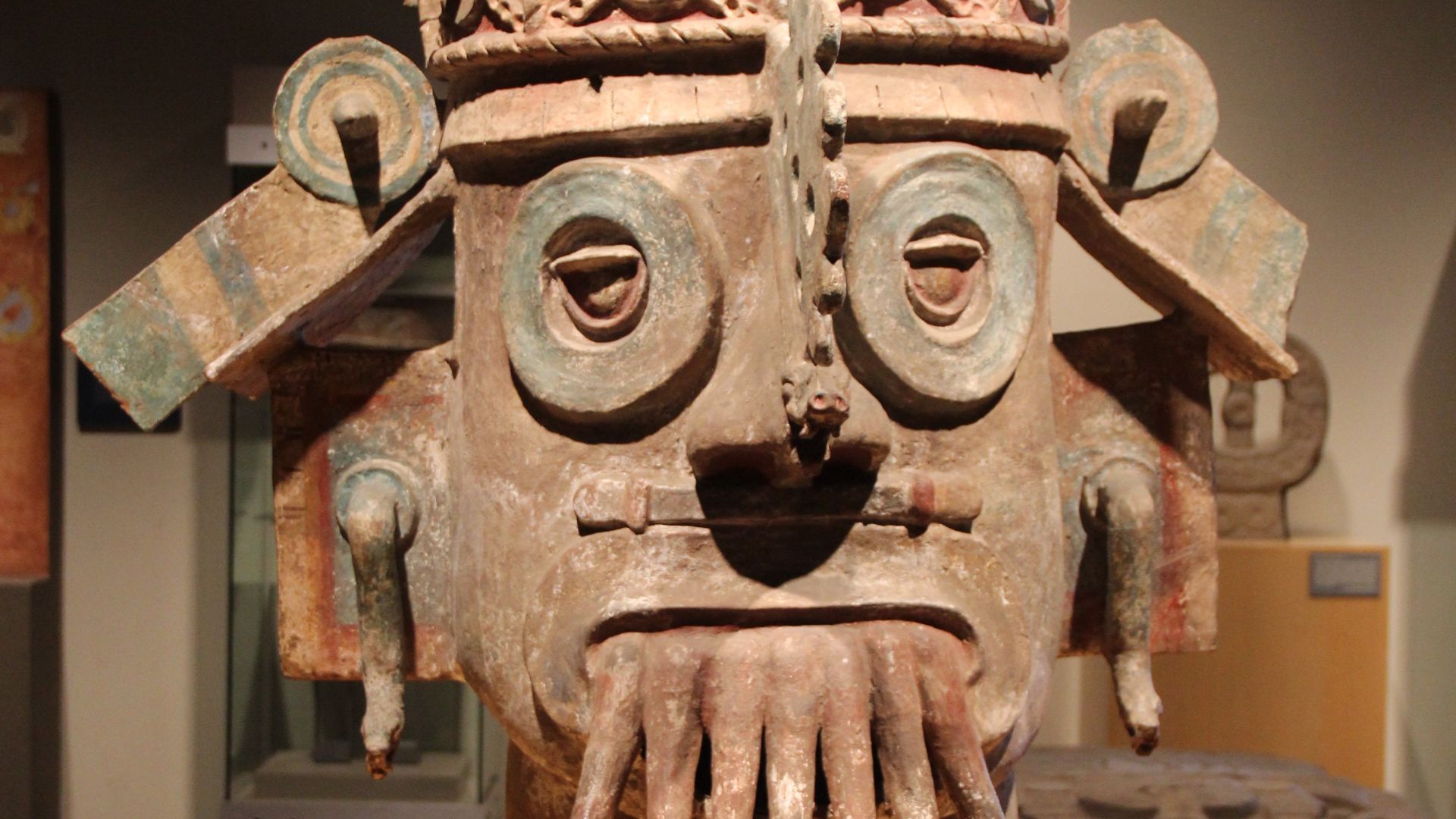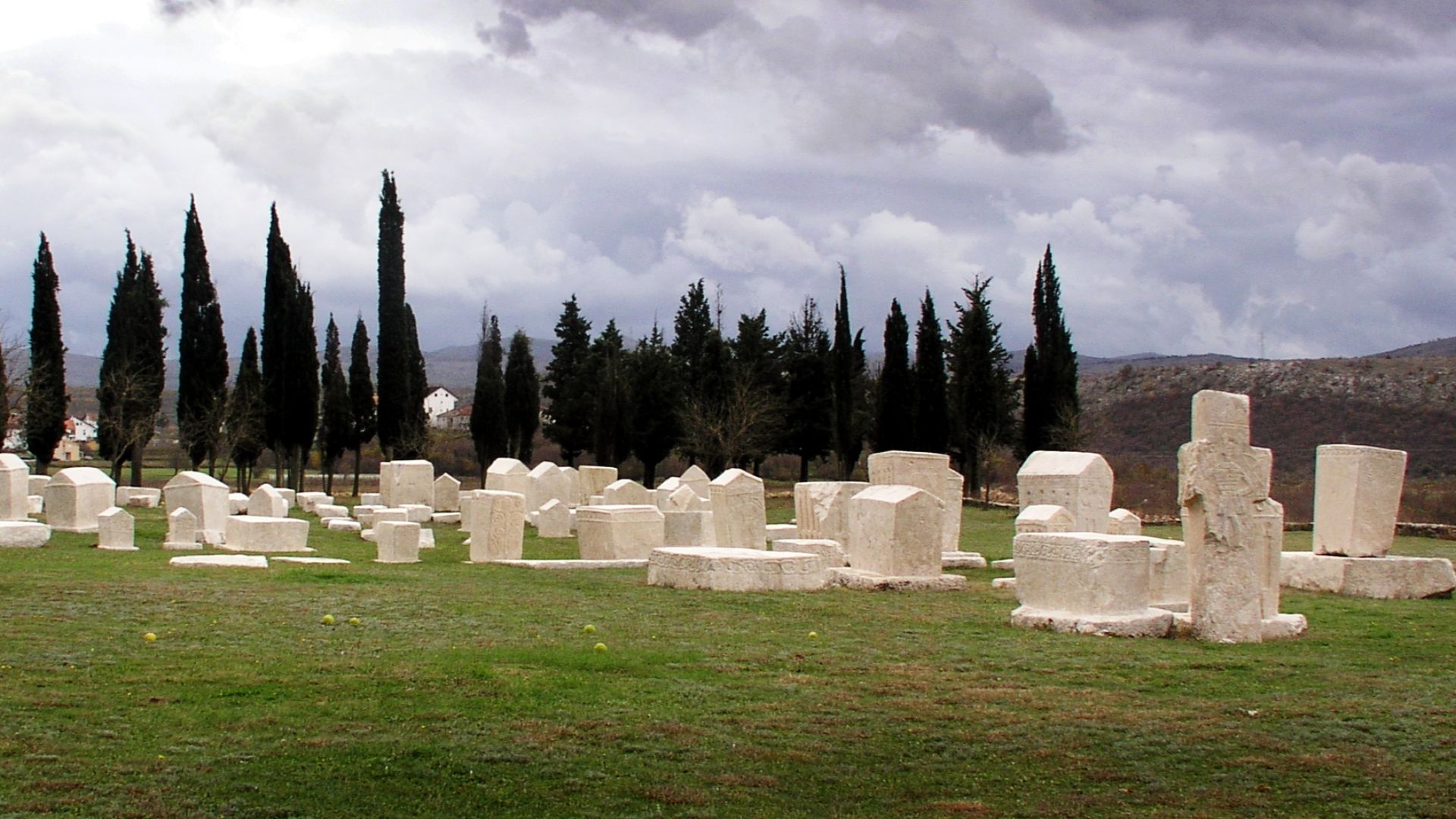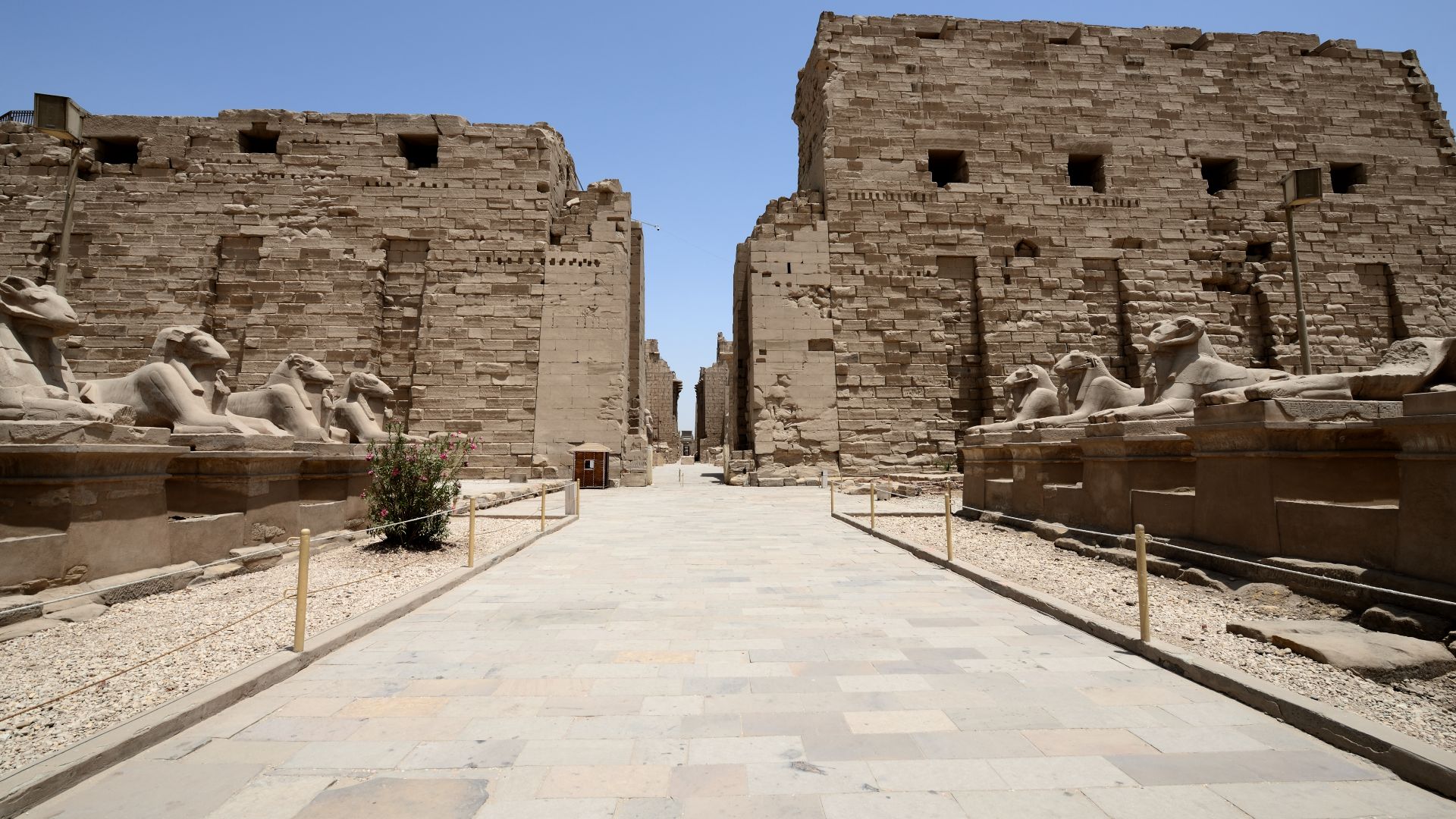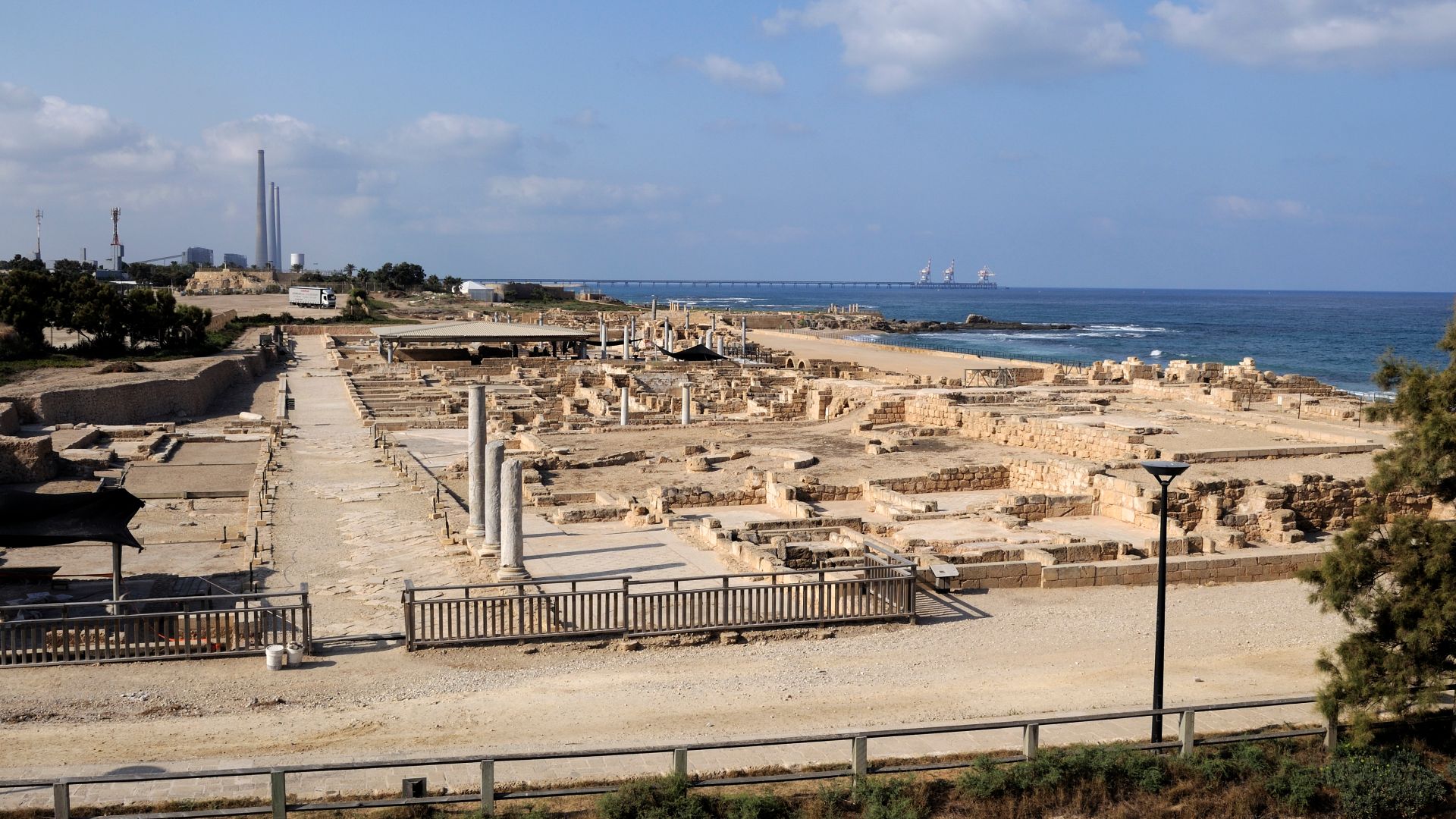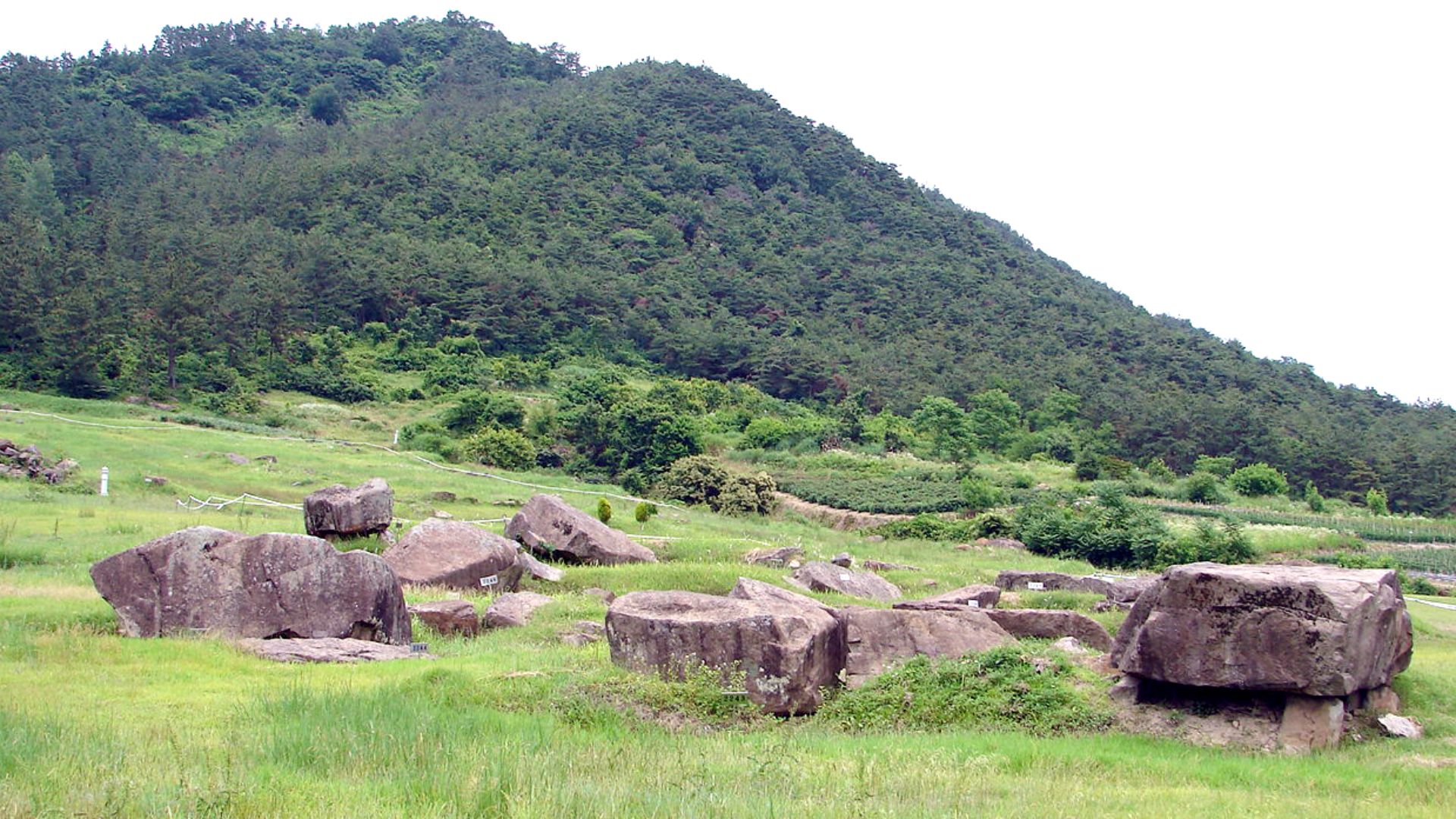The World’s Most Massive Monoliths
Long before cranes, engines, or even the wheel, ancient builders were moving stone blocks that modern construction crews would struggle to lift. From buried giants in Lebanon to perfectly balanced pillars in India, these massive monoliths push the limits of what we thought was possible in the ancient world.

The Forgotten Stone Of Baalbek
Weighing an astonishing 1,650 tons, the Forgotten Stone in Baalbek is the heaviest monolith ever discovered. It's still lying in its quarry, untouched since Roman times. Its sheer size raises more questions than answers about ancient engineering.
The Stone Of The Pregnant Woman
This massive block sits partially buried in Lebanon, just meters from other unfinished giants. At roughly 1,000 tons, it remains one of the largest stones ever carved by human hands. No one knows for sure why it was never moved.
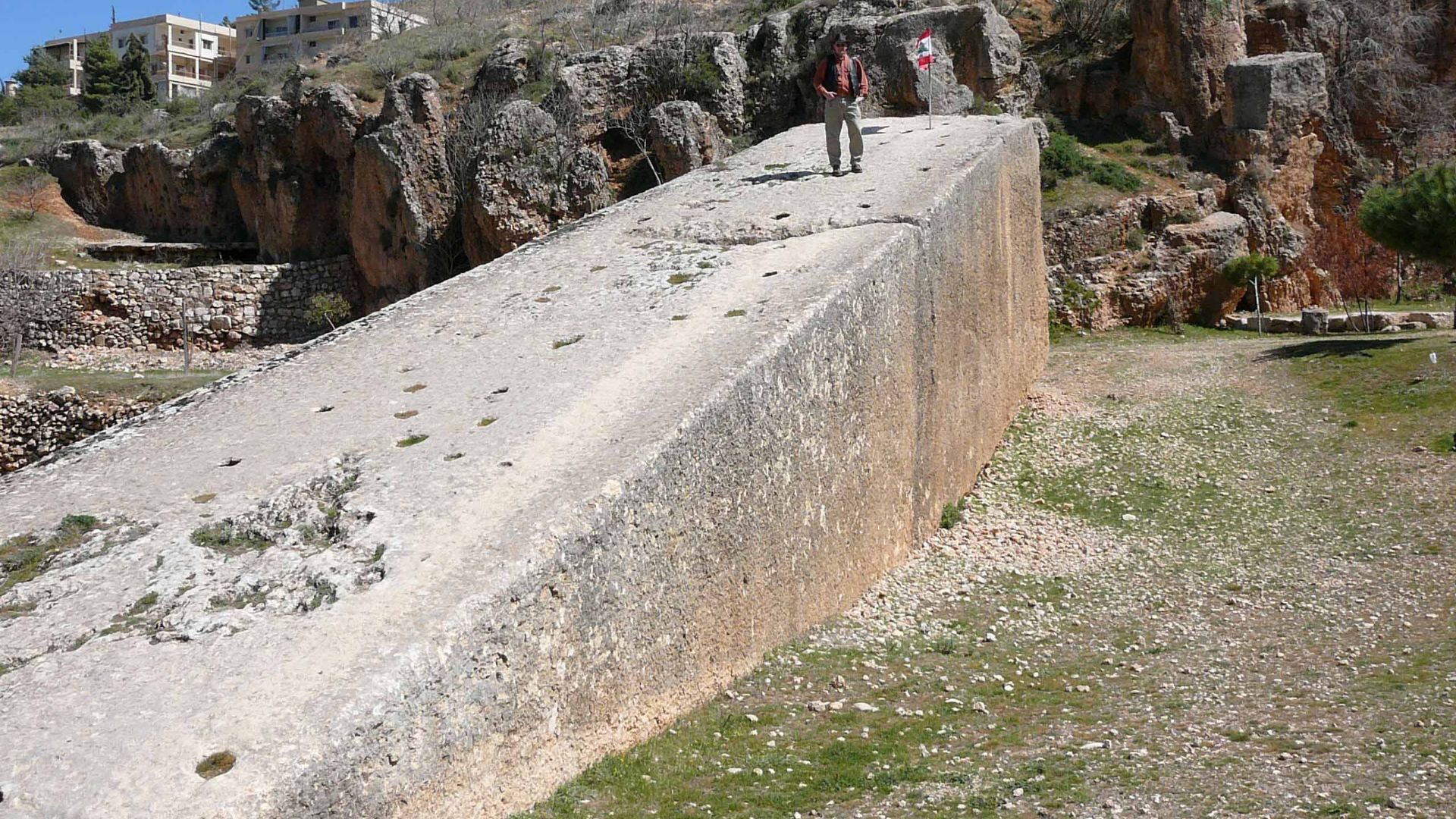 Ralph Ellis, Wikimedia Commons
Ralph Ellis, Wikimedia Commons
Egypt’s Unfinished Obelisk
Cracked but magnificent, the Unfinished Obelisk in Aswan offers a rare behind-the-scenes look at ancient stonework. Estimated at 1,100 tons, it would’ve towered over any other obelisk had it been completed. Instead, it became a frozen moment in history.
Russia’s Rolling Giant
Before being trimmed down to 1,250 tons, the Thunder Stone started out even heavier. It was dragged overland on bronze spheres by 400 men. Today, it forms the base of St Petersburg’s Bronze Horseman statue.
 Florstein (Telegram:WikiPhoto.Space), Wikimedia Commons
Florstein (Telegram:WikiPhoto.Space), Wikimedia Commons
The Trilithon Blocks Of Jupiter’s Temple
Three blocks, each weighing around 800 tons, are stacked seamlessly into the base of Baalbek’s Temple of Jupiter. Their positioning is so precise, modern experts still debate how they got there. These stones are textbook examples of “cyclopean” masonry.
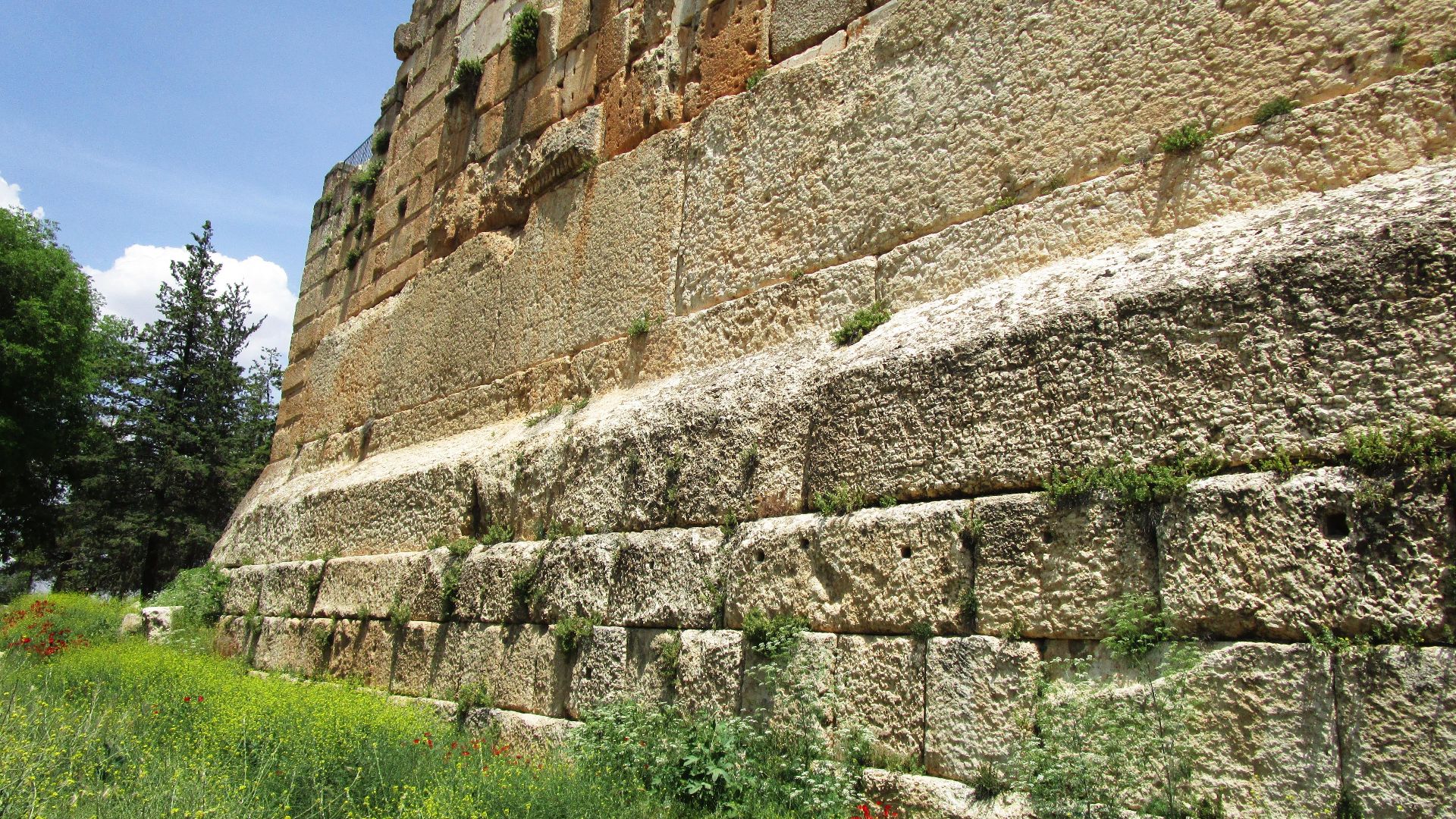 Lodo27 from Moscow, Russia, Wikimedia Commons
Lodo27 from Moscow, Russia, Wikimedia Commons
Echoes Across The Desert
Carved from quartzite and weighing 700 tons each, these twin statues once stood watch at the gates of Amenhotep III’s mortuary temple. They were somehow transported 420 miles from Cairo to Thebes, without river access. Wind, sand, and time have left them weathered.
 Warren LeMay from Chicago, IL, United States, Wikimedia Commons
Warren LeMay from Chicago, IL, United States, Wikimedia Commons
Jerusalem’s Western Stone
Tucked deep within the Temple Mount is the Western Stone, measuring over 13 meters in length. Scholars estimate its weight between 250 and 300 tons, though some once claimed much more. Either way, it’s a jaw-dropping example of Herodian architecture.
 Heritage Conservation Jerusalem Pikiwiki Israel, CC BY 2.5, Wikimedia Commons
Heritage Conservation Jerusalem Pikiwiki Israel, CC BY 2.5, Wikimedia Commons
The Fallen Giant Of The Ramesseum
Shattered in pieces at Thebes lies a statue that once stood over 60 feet tall. Originally weighing 1,000 tons, this likeness of Ramses II was dragged nearly 270 kilometers from Aswan. Napoleon’s scholars called it “Ozymandias”.
Ethiopia’s Aksumite Stelae
Several granite obelisks once dominated the Axum skyline, the largest weighing over 500 tons. The tallest cracked during installation, but others still stand, including one looted by Italy in 1937 and returned decades later.
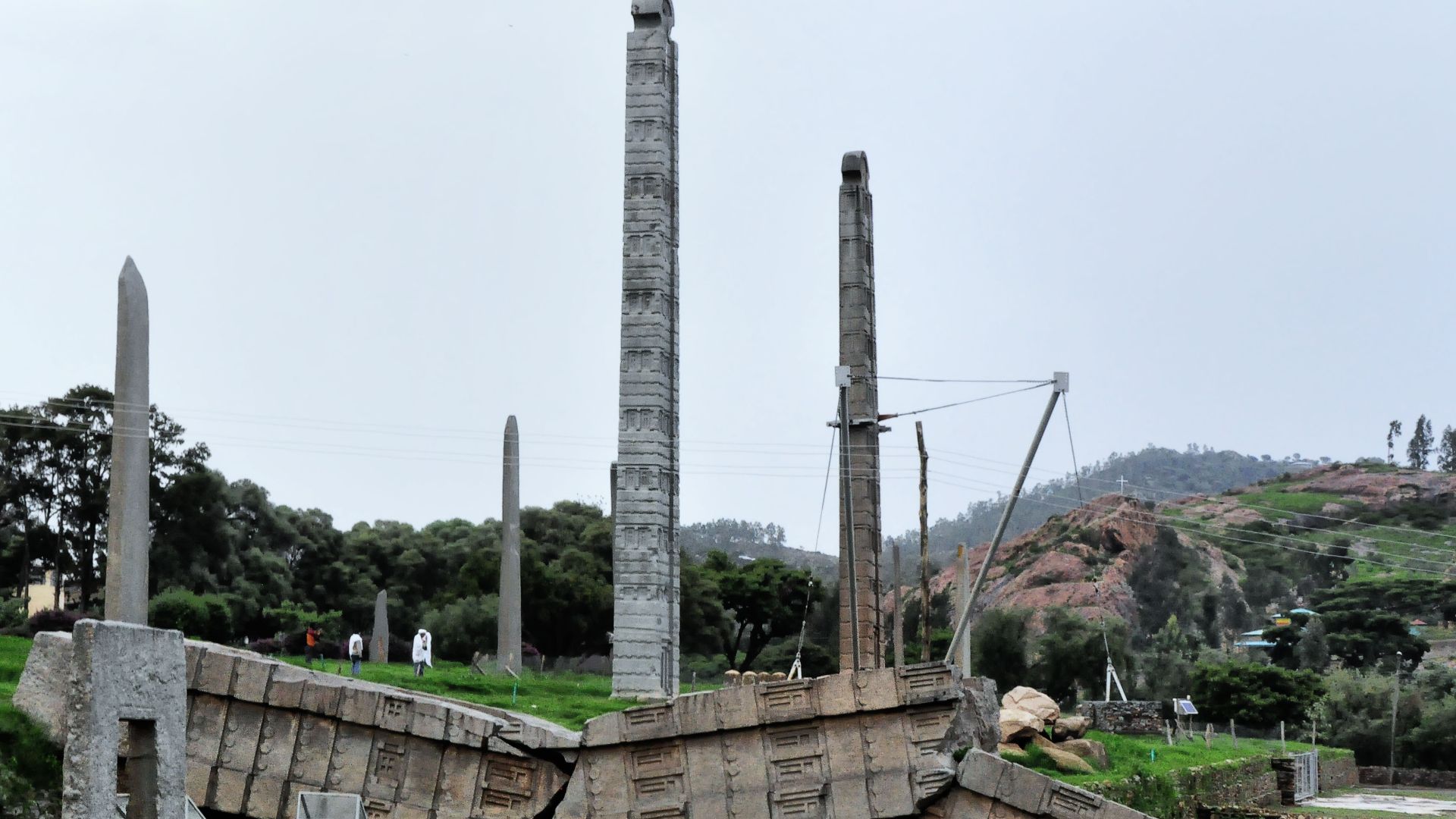 Rod Waddington from Kergunyah, Australia, Wikimedia Commons
Rod Waddington from Kergunyah, Australia, Wikimedia Commons
Japan’s Enigmatic Masuda No Iwafune
Near Asuka sits a carved stone monument with no clear purpose and no inscriptions. Known as Masuda no Iwafune, it weighs up to 500 tons and measures 11 meters across.
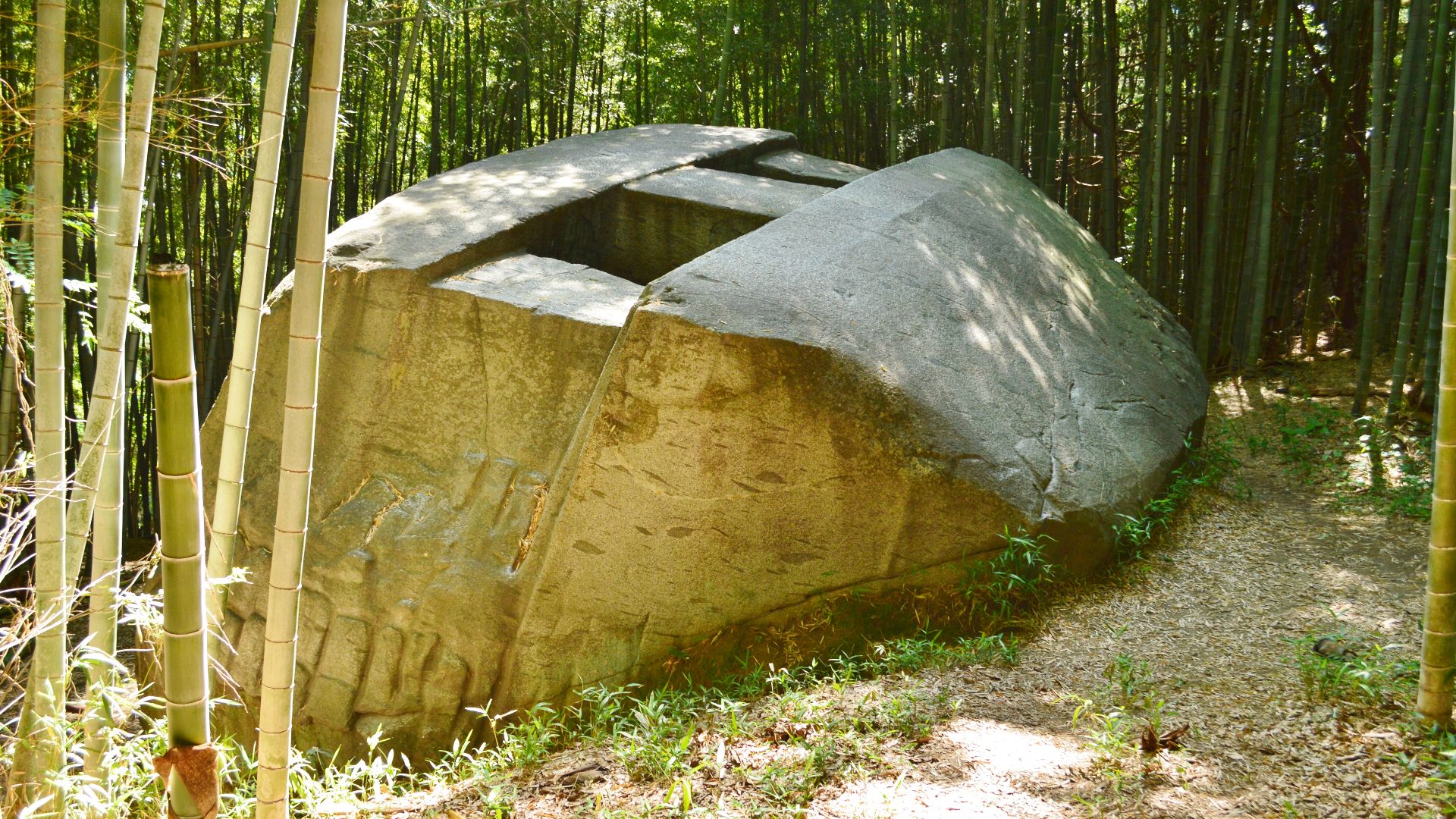 Saigen Jiro, Wikimedia Commons
Saigen Jiro, Wikimedia Commons
Los Angeles’ Artful Monolith
Contemporary artist Michael Heizer moved a 340-ton granite boulder across California highways in 2012. Dubbed “Levitated Mass,” the sculpture rests atop a walkway that lets visitors pass beneath it. It took 11 nights, hundreds of workers, and plenty of headlines.
The Broken Menhir Of Er Grah
France’s largest standing stone didn’t stay standing. The Broken Menhir of Er Grah, weighing roughly 330 tons, toppled in prehistoric times, possibly intentionally. Its remains still lie near Locmariaquer, a silent reminder of Neolithic ambition.
 Pierre Andre Leclercq, Wikimedia Commons
Pierre Andre Leclercq, Wikimedia Commons
The Mausoleum Of Theodoric’s Stone Crown
In Ravenna, Italy, a single circular slab tops the Mausoleum of the Ostrogothic king Theodoric. This 230-ton roof piece was carved and raised into place without mortar or clamps. Even centuries later, it hasn’t budged.
Easter Island’s Towering Moai
Some Moai statues may weigh over 80 tons, but the true feat lies in how far they traveled. The heaviest, named Paro, was moved over six kilometers from its quarry. Locals say the statues “walked”.
Rome’s Granite Titans
The columns outside the Pantheon are true Egyptian imports. Each weighs about 60 tons and traveled over 2,000 kilometers via river and sea.
Göbekli Tepe’s Prehistoric Megaliths
Before the wheel or the written word, builders at Göbekli Tepe were hauling 50-ton limestone pillars into place. Some remain in the quarry just 400 meters away. How they were moved and erected remains a mystery older than the pyramids.
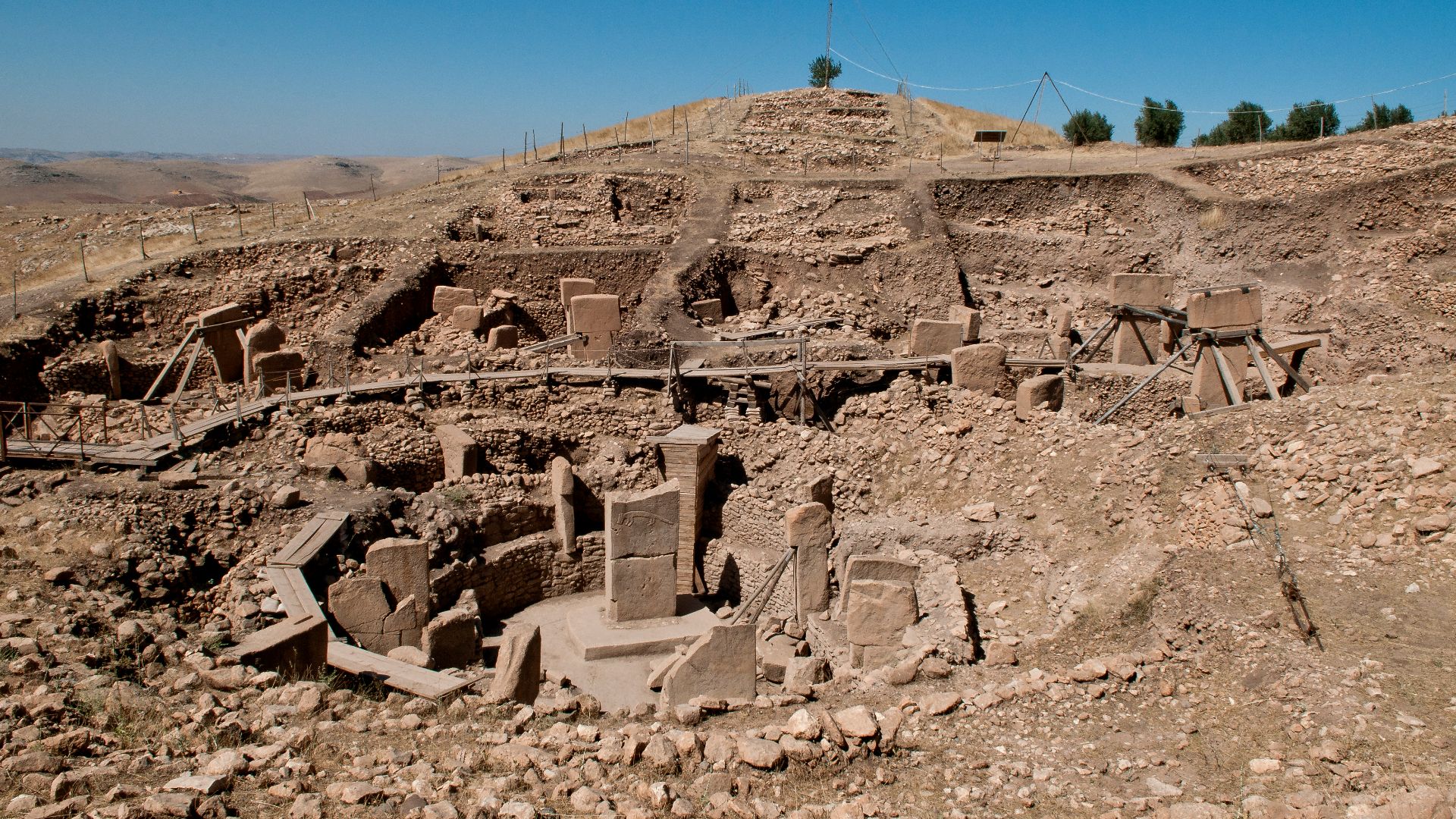 Teomancimit, Wikimedia Commons
Teomancimit, Wikimedia Commons
Mycenae’s Impossible Lintel
Over the entrance of the Treasury of Atreus sits a 120-ton lintel stone, delicately balanced and perfectly shaped. There’s no clear evidence of pulleys or cranes.
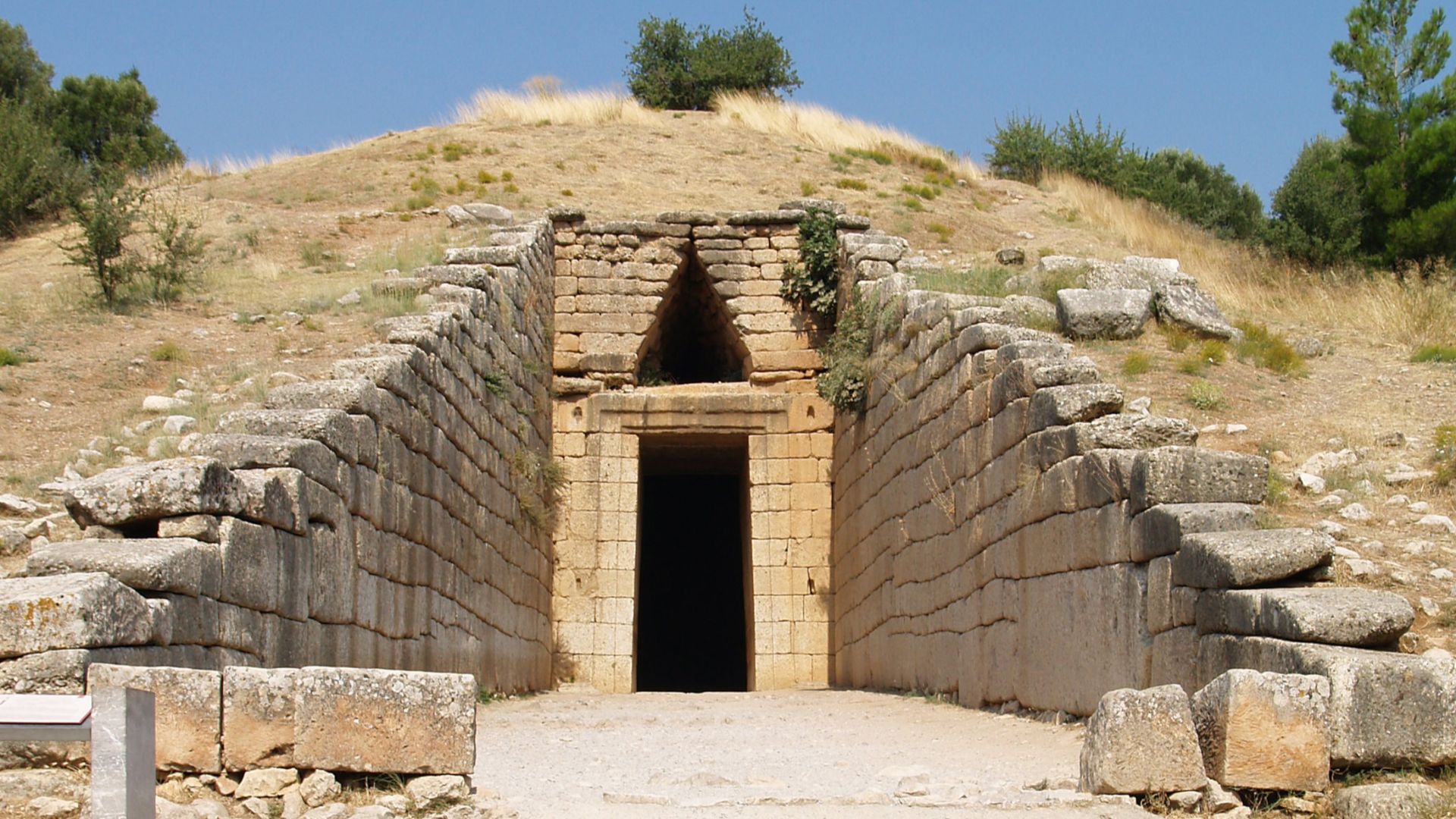 Ken Russell Salvador, Wikimedia Commons
Ken Russell Salvador, Wikimedia Commons
Giza’s Granite Core
Though the Great Pyramid is made mostly of limestone, its inner chambers were built with granite slabs. These 80-ton blocks were floated 900 kilometers down the Nile.
The Alexander Column’s Precision Lift
In 1832, Russia pulled off one of the most daring lifts in history: raising a 600-ton monolith into position without scaffolding. The Alexander Column still towers over Palace Square in St Petersburg.
Pompey’s Pillar: Not Pompey’s At All
Despite its name, Pompey’s Pillar was erected for the Roman emperor Diocletian in Alexandria. The pink granite shaft weighs 285 tons and stands over 20 meters tall.
 Your travel site, CC BY-SA 4.0, Wikimedia Commons
Your travel site, CC BY-SA 4.0, Wikimedia Commons
Paris’ Egyptian Trophy
Shipped from Luxor to Paris in 1833, the 250-ton obelisk took months to install in Place de la Concorde. Apollinaire Lebas directed the operation with 19th-century tech and nerves of steel. It now stands where the guillotine once ruled.
 Nelson Perez, Wikimedia Commons
Nelson Perez, Wikimedia Commons
Peru’s Masterclass In Stonework
The fortress of Sacsayhuamán, near Cusco, features stones the size of buses. Some weigh over 125 tons and fit together without mortar.
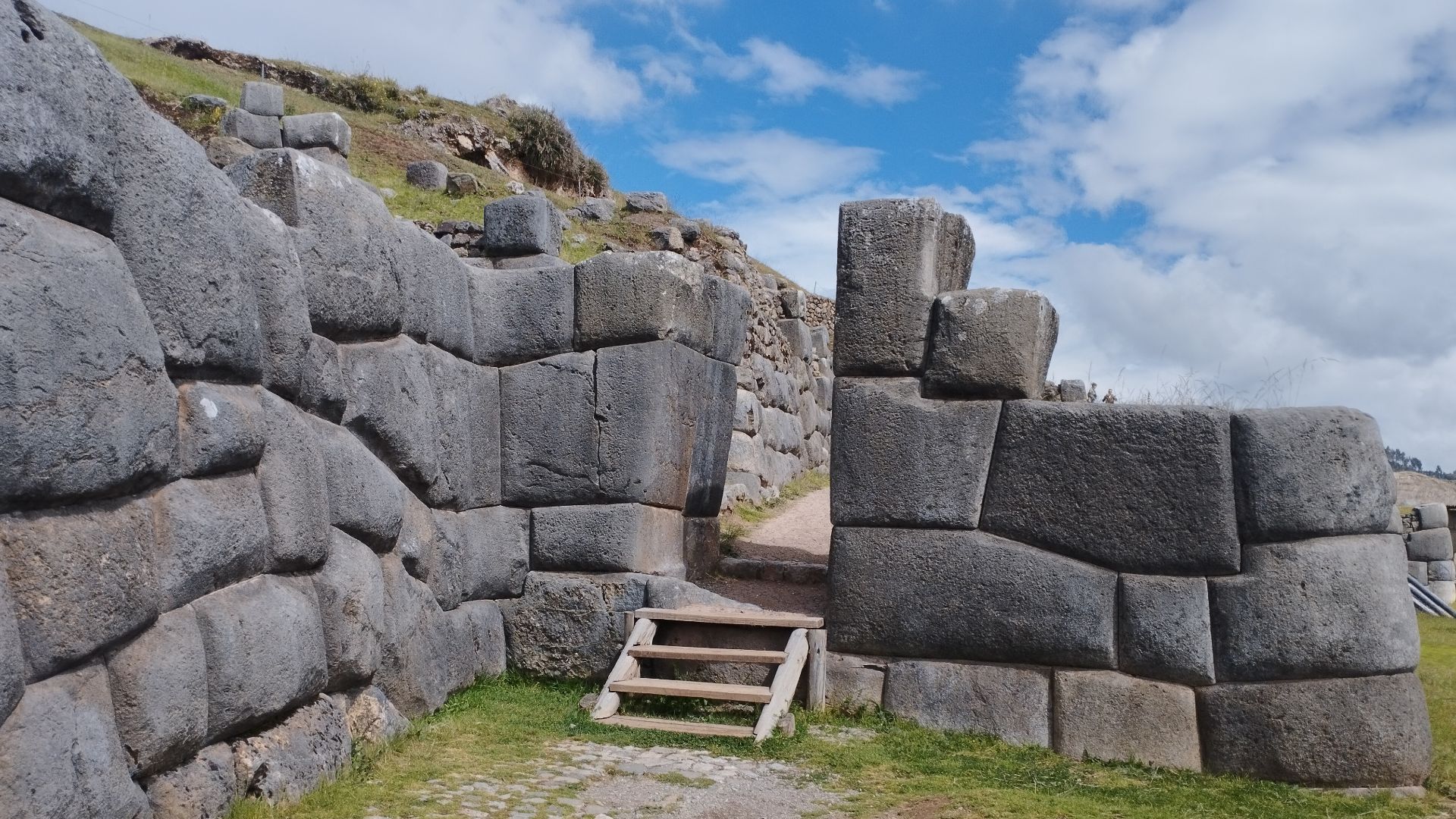 Ordzonhyd Rudyard Tarco Palomino, Wikimedia Commons
Ordzonhyd Rudyard Tarco Palomino, Wikimedia Commons
Trajan’s Towering Legacy
The capital block of Trajan’s Column weighs 53.3 tons and was lifted to a height of 34 meters. Roman engineers used massive cranes powered by humans.
 John Samuel, Wikimedia Commons
John Samuel, Wikimedia Commons
Ramses IV’s Overland Stones
In a show of logistics, Ramses IV had stones dragged 97 kilometers overland to the Nile. Some weighed over 40 tons. These blocks were later floated downriver and installed in tombs and temples.
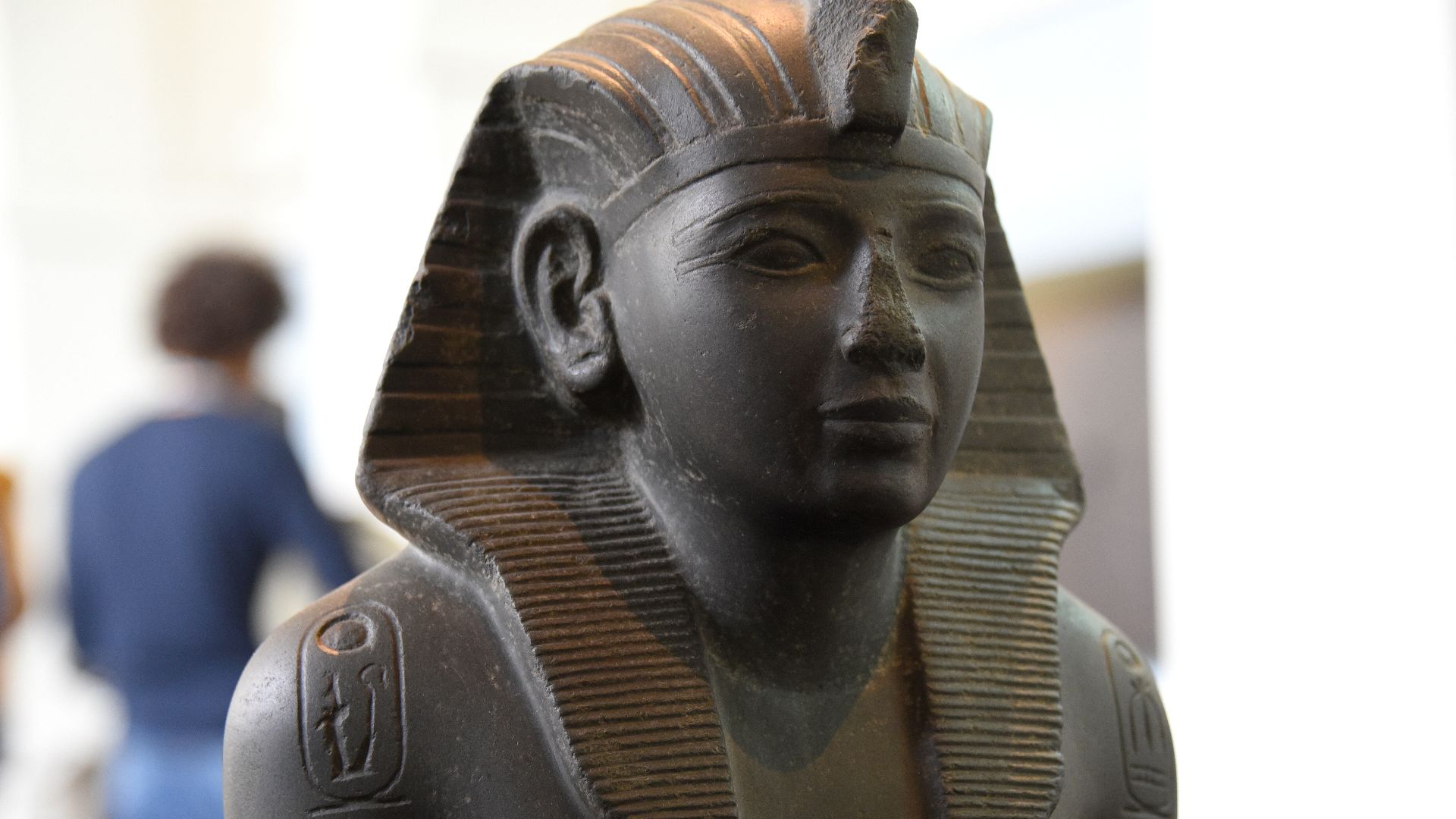 Osama Shukir Muhammed Amin FRCP(Glasg), Wikimedia Commons
Osama Shukir Muhammed Amin FRCP(Glasg), Wikimedia Commons
Korea’s Monumental Dolmens
At sites like Gochang and Ganghwa, prehistoric Koreans built burial chambers capped by stones weighing up to 200 tons. They rank among the largest dolmens in the world.
 Taewangkorea, Wikimedia Commons
Taewangkorea, Wikimedia Commons
Ashoka’s Message In Stone
Across ancient India, Ashoka’s edicts were carved onto monolithic pillars. Weighing up to 50 tons, the pillars were transported across thousands of kilometers. Over 2,000 years later, they are still readable.
Ireland’s Gravity-Defying Dolmen
Brownshill Dolmen’s capstone weighs about 100 tons and rests atop upright stones. No one knows how Neolithic builders lifted it into place.
Colossal Olmec Heads
Massive basalt heads created by the Olmec civilization weigh up to 50 tons. The largest were moved over 150 kilometers from distant quarries.
Khafre’s Hidden Temple Block
In the shadow of the Pyramid of Khafre lies a 400-ton block embedded in the temple. Likely moved with sledges and manpower, its size tops anything nearby.
Stonehenge’s Long-Distance Haul
The largest stones at Stonehenge came from Marlborough Downs, over 30 kilometers away. Bluestones came from even farther from Wales, which is 210 kilometers west.
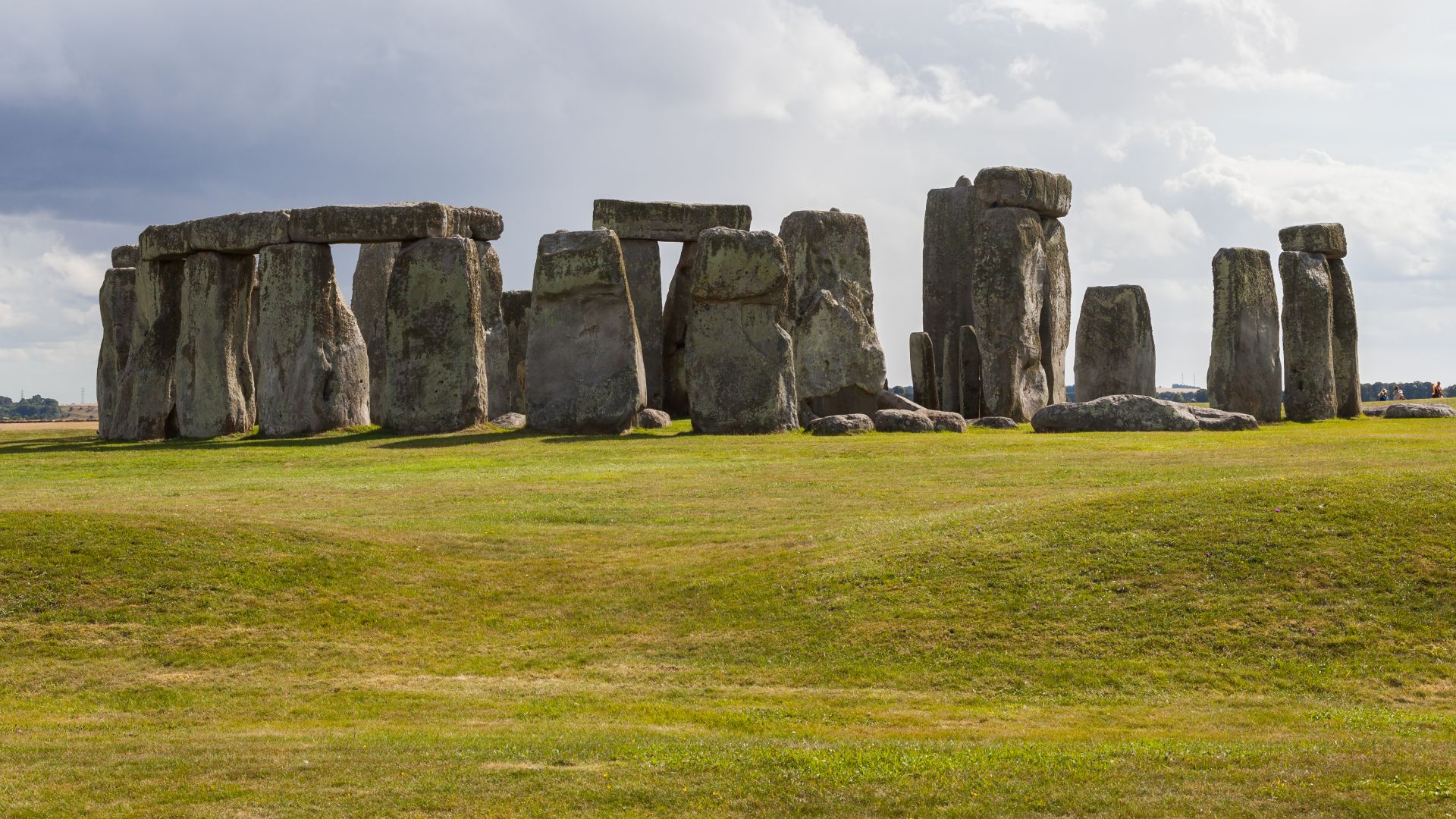 Diego Delso, Wikimedia Commons
Diego Delso, Wikimedia Commons
Jupiter’s Crowning Blocks
At Baalbek, 108-ton and 63-ton blocks crown the Temple of Jupiter. They were lifted nearly 20 meters into place by Roman engineers. Modern cranes would still struggle today with that load.
 Vyacheslav Argenberg, Wikimedia Commons
Vyacheslav Argenberg, Wikimedia Commons
Rome’s Stacked Marvel
Trajan’s Column wasn’t built from a single piece of stone but from massive stacked drums. Each was carved with scenes of conquest, then lifted into place by cranes. The final block, a 53-ton capital, capped it all off.
Mexico’s Rain God In Transit
In the 1960s, a 168-ton statue of the rain god Tlaloc was moved from Coatlinchan to Mexico City. Roads had to be reinforced, and neighborhoods flooded with curious tourists. The sculpture now guards the National Museum of Anthropology.
The Kerloas Menhir
At 9.5 meters, the Kerloas Menhir is Brittany’s tallest standing stone. Weighing roughly 150 tons, it was likely erected during the Neolithic period.
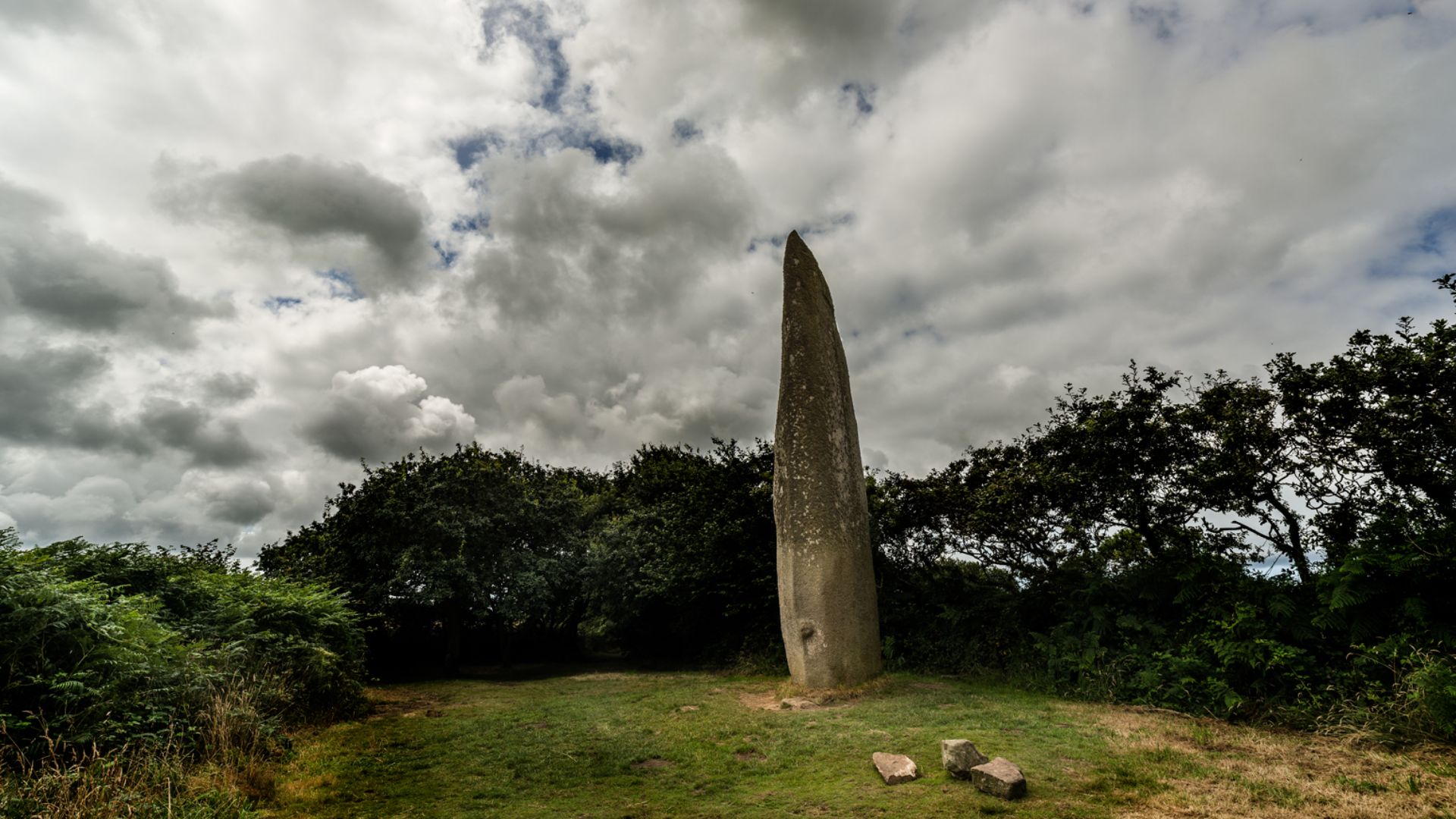 Dominique Robert, Wikimedia Commons
Dominique Robert, Wikimedia Commons
Bosnia’s Medieval Stone Legacy
Across Bosnia and Herzegovina, medieval necropolises like Radimlja are filled with stone tomb markers called stećci. Some tip the scales at 30 tons or more.
Karnak’s Stone Ceiling
The Temple of Karnak features sandstone architraves weighing over 70 tons. Transported over 160 kilometers, they form part of one of Egypt’s most awe-inspiring structures.
Egypt’s Obelisks Abroad
The Lateran and Theodosius obelisks once stood at Karnak, weighing over 450 tons each. They were shipped across the Mediterranean and re-erected in Rome and Istanbul.
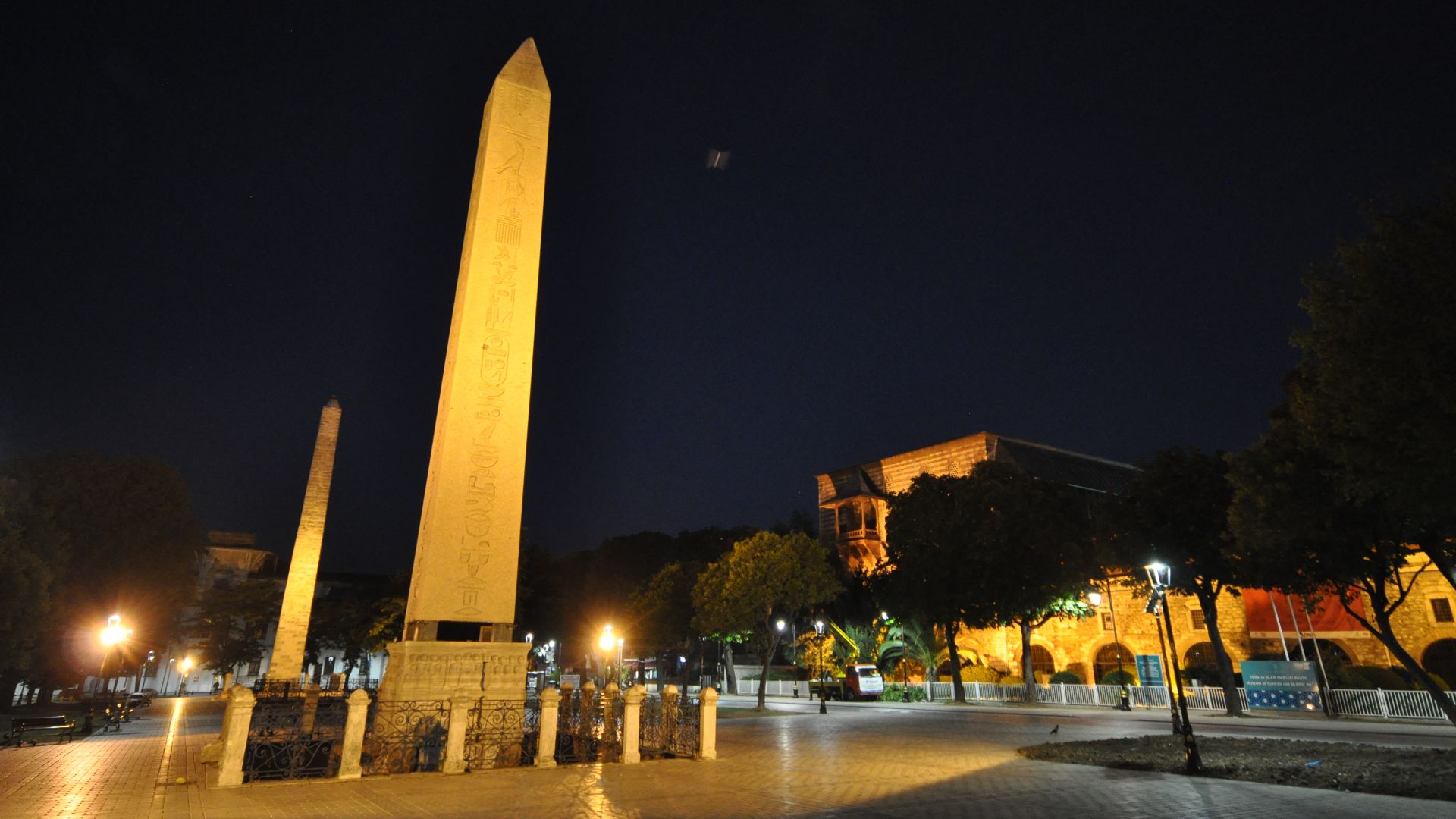 Jorge Lascar from Australia, Wikimedia Commons
Jorge Lascar from Australia, Wikimedia Commons
Scotland’s Prehistoric Puzzle
At Maeshowe in Orkney, a 30-ton capstone tops a Neolithic tomb. No one knows how it was placed. It has stood firm for more than 5,000 years.
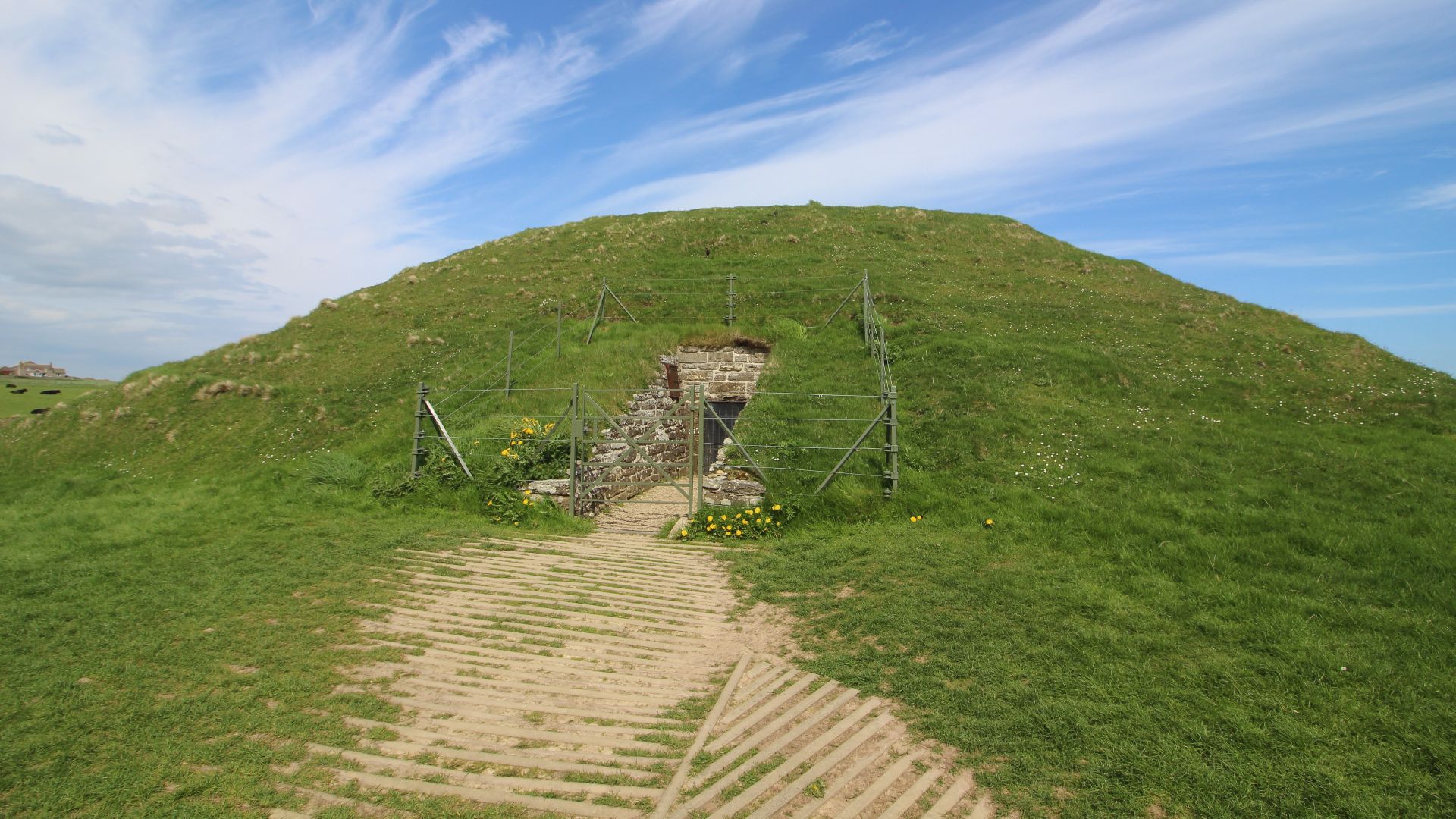 Beep boop beep, Wikimedia Commons
Beep boop beep, Wikimedia Commons
Caesarea’s Submerged Stones
In Caesarea Maritima, the harbor was built using stones up to 20 tons. They were lowered into the sea using Roman diving bells and cranes. This is one of the earliest examples of underwater concrete construction.
Rebuilding The Past, One Stone At A Time
From NOVA documentaries to live-action experiments, archaeologists have tried to replicate ancient stone-moving techniques. Some succeeded with levers, sledges, or manpower, while others watched their stones sink or tip over.
You May Also Like:
One Gorilla Fossil Changed The Science Of Evolution Forever
Unraveling The Mysteries Of Göbekli Tepe, A Pre-Pottery Neolithic Treasure Trove
Source: 1


